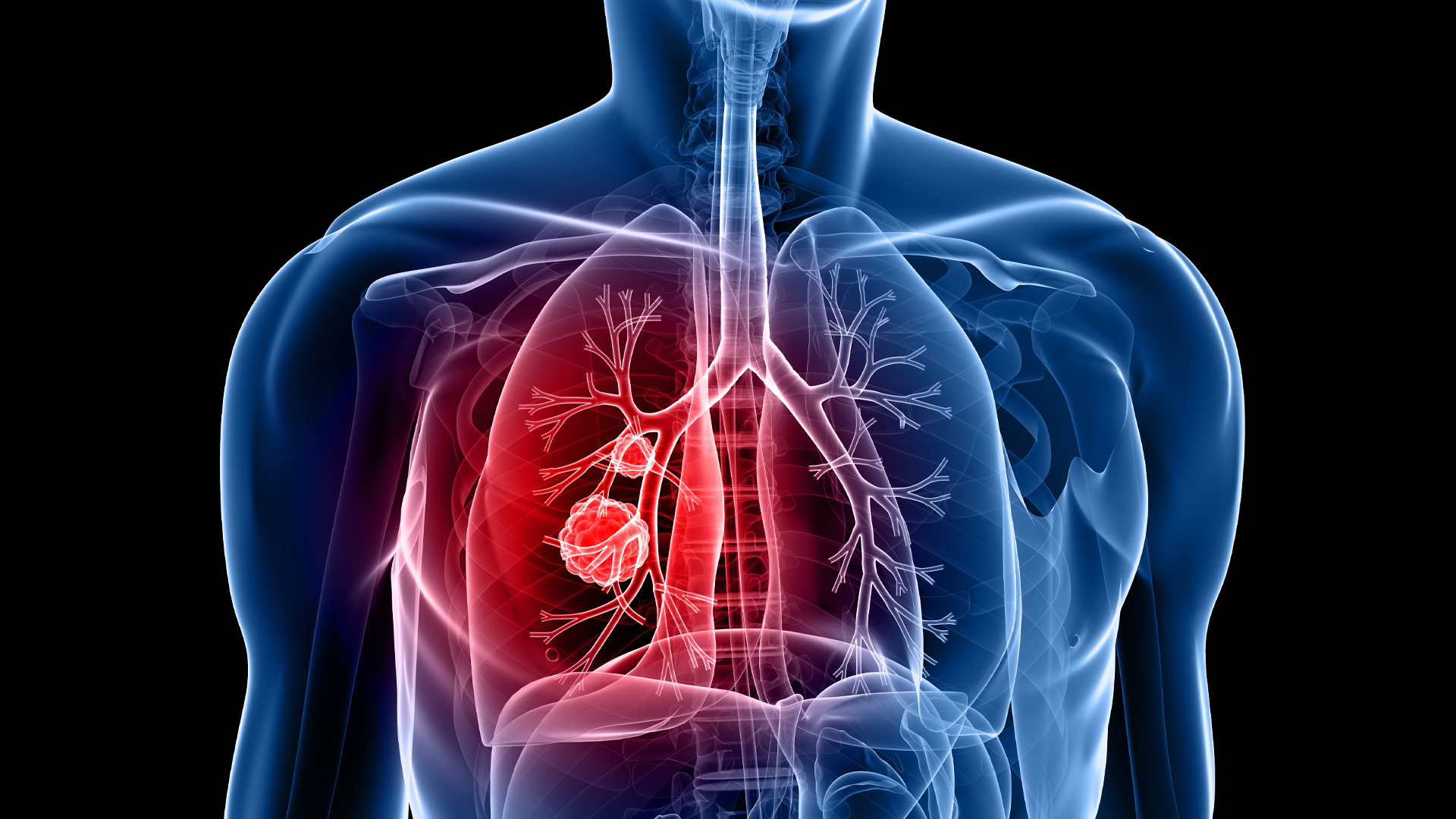Dr Christopher Orton
Respiratory Physician
Specialist expertise: Airways Diseases, Lung Cancer, Interventional Bronchoscopy, Respiratory Medicine, Asthma, Emphysema, Acute and chronic cough, Bronchoscopy, EBUS.
Lung nodules are abnormal growths that develop in the lungs. Most lung nodules are non-cancerous and don’t require treatment.

A lung nodule, also called a pulmonary nodule, is an abnormal growth that develops in the lung. A nodule can form in just one lung or multiple can form in either one or both lungs.
In the vast majority (95%) of cases, lung nodules turn out to be small non-cancerous scars, which can be permanent or can disappear spontaneously. In rare cases, a lung nodule may be an early sign of lung cancer.

An infection or illness can inflame the tissue in the lungs which can cause a small clump of cells to form. This clump of cells hardens over time forming a non-cancerous lung nodule.
Lung nodules can also form as a result of abnormal cell growth, which can be cancerous (lung cancer and carcinoid tumours), or non-cancerous (neurofibromas).
Other factors that can cause non-cancerous lung nodules include:
Factors that can increase your risk of developing a cancerous lung nodule include:

In most cases, lung nodules won’t cause any symptoms. However, if the nodule pushes against your airway it can cause coughing, wheezing or shortness of breath.
Symptoms that can indicate the early stages of lung cancer include:

Lung nodules are typically found on a CT scan or x-ray of the chest. The imaging may well have been done for another reason entirely and the nodule may be a chance finding. In fact, lung nodules are very common, with up to half of adults who get chest X-rays or CT scans being found to have them.
It’s impossible to tell the difference between a small scar and very early lung cancer so follow-up scans and biopsies are necessary to make an accurate diagnosis.
Most commonly, a ‘watch and wait’ approach is recommended. A follow-up scan may be done after a period of a few months, or for very small nodules up to one year later. The follow-up scan will allow your consultant to determine if the nodule has remained the same, become smaller or disappeared, or grown.
If the nodule is unchanged or has become smaller it’s very likely that it’s benign and no further action is required. Sometimes one further scan is recommended to confirm this after another year.
If the nodule has grown, which is the least likely outcome, your consultant will recommend that further tests are performed.
In cases where a lung nodule turns out to be a small lung cancer, there is still an excellent chance of it being cured. This is because very small lung cancers usually have not spread and so can be completely cured, even after months of surveillance.
For some patients, with larger-sized lung nodules, doctors may instead recommend that further tests such as a lung biopsy are performed straight away.

A noncancerous lung nodule shouldn’t affect your quality of life and most don’t require treatment. If you have an infection in your lungs, this will be treated with antibiotics.
If a lung nodule is causing problems or is found to be cancerous, you may require surgery to remove it. Your consultant can talk you through what surgery involves and what the next stages of treatment are, if any.
Currently selected day
Available consultations
We’ve invited the UK’s best respiratory specialists to join us as partners, with the freedom to make design and delivery decisions based on what’s best for patients.